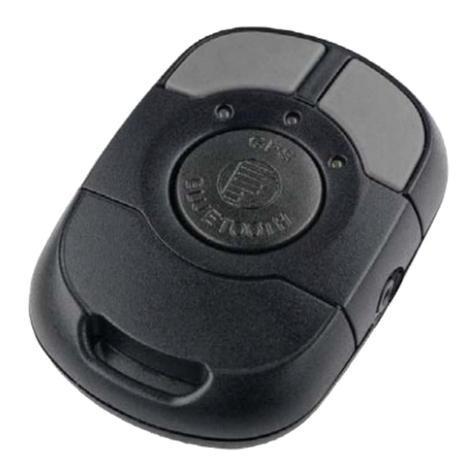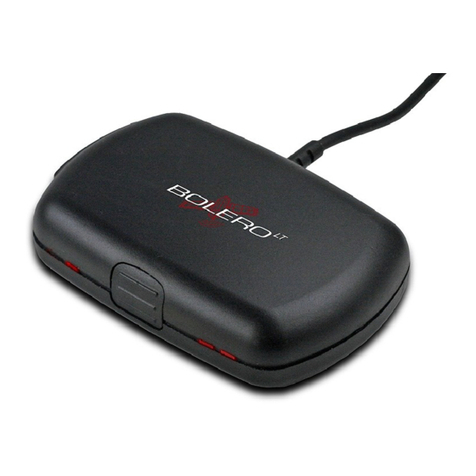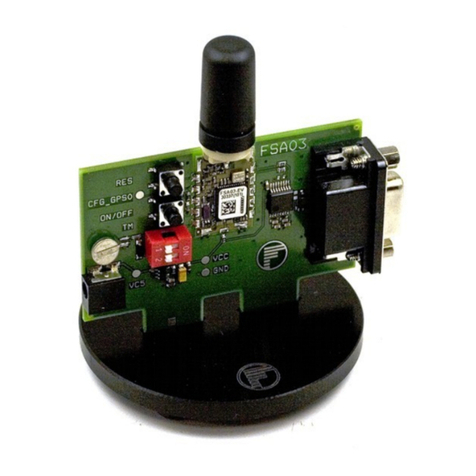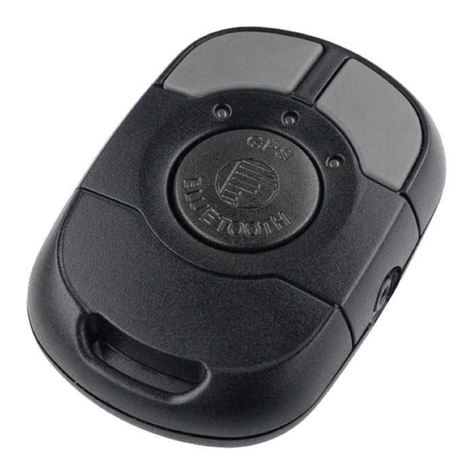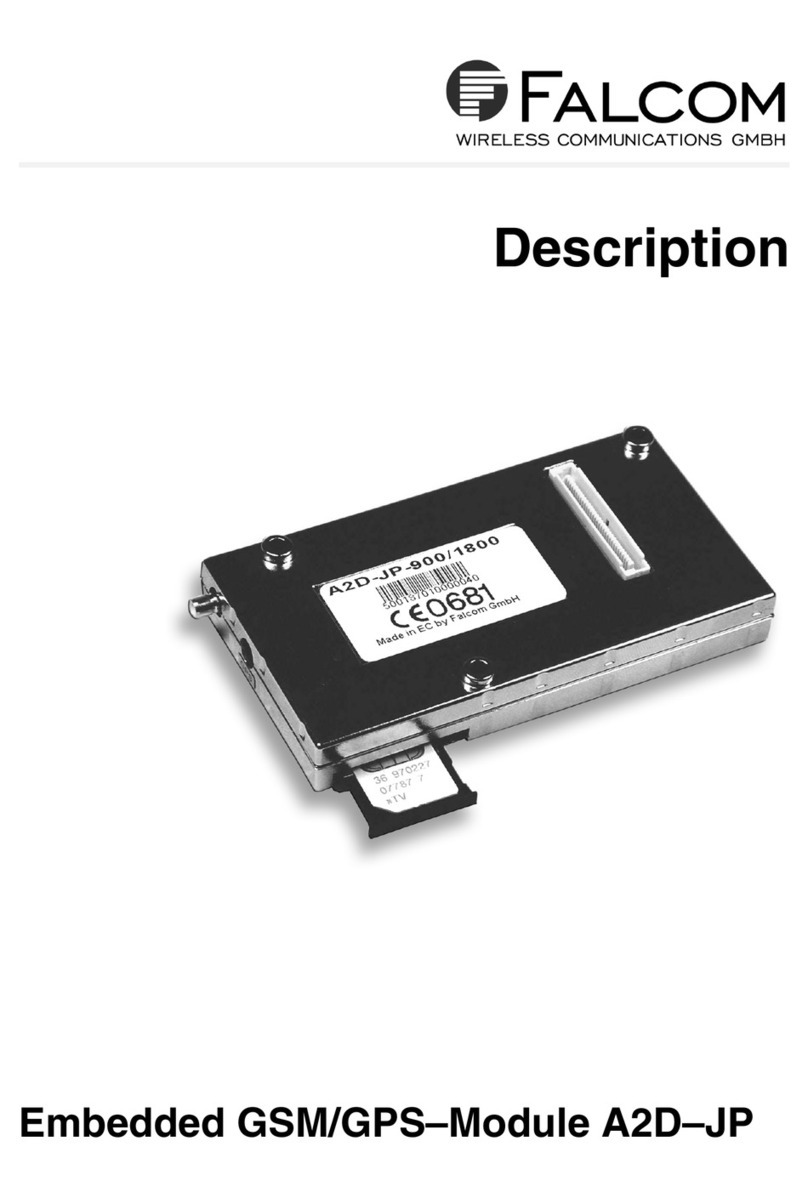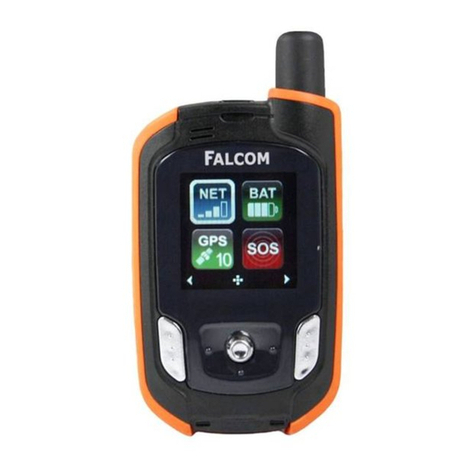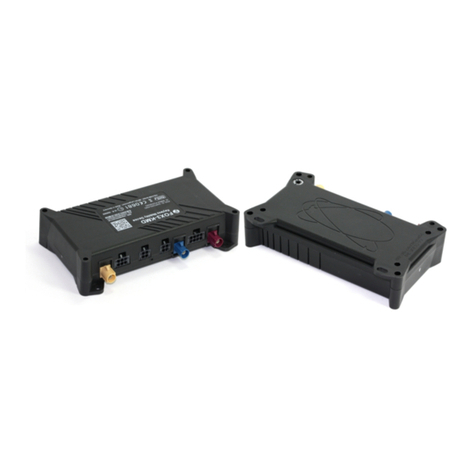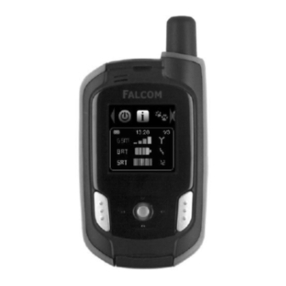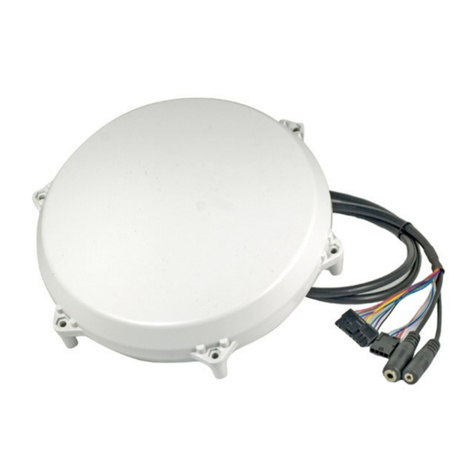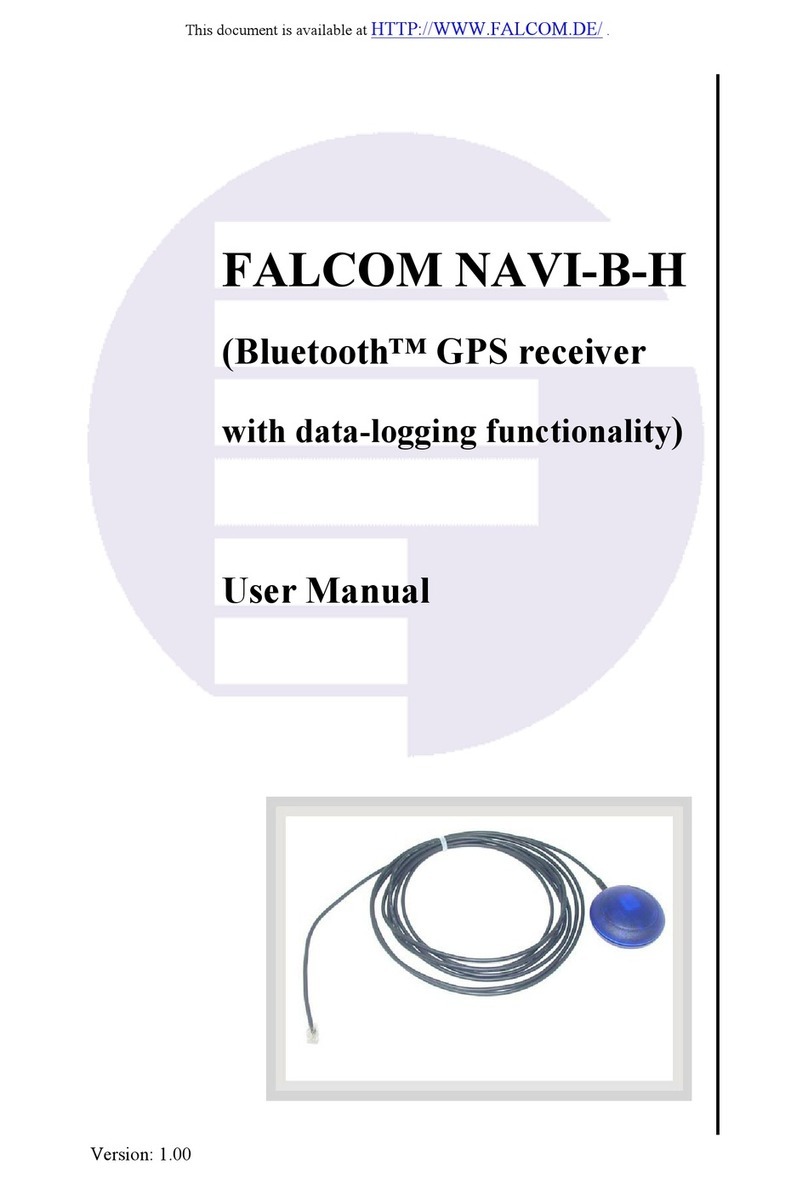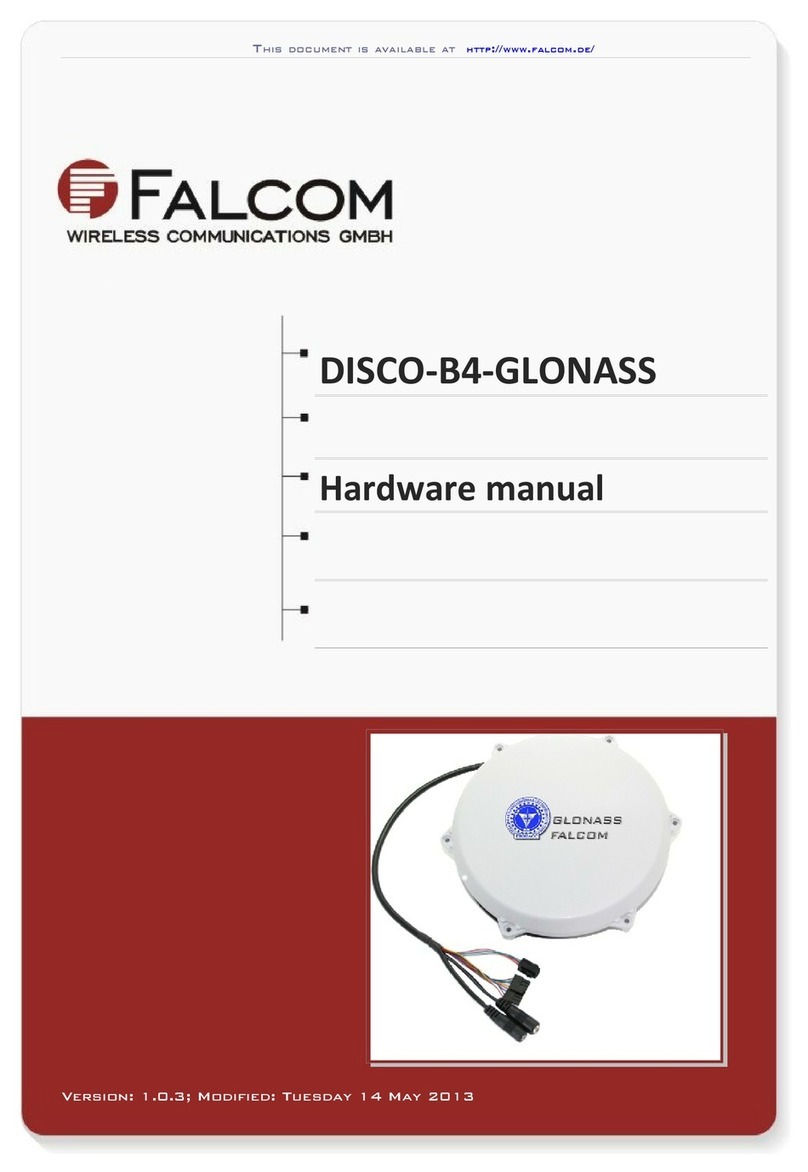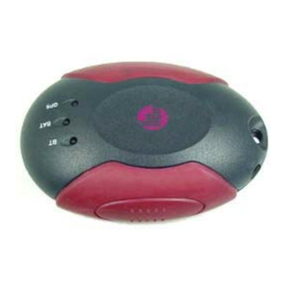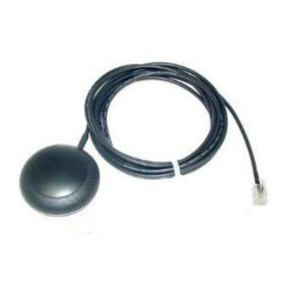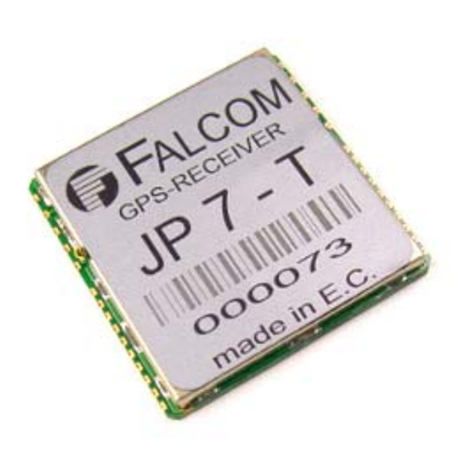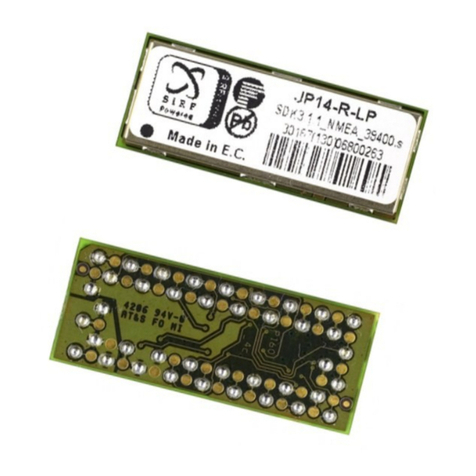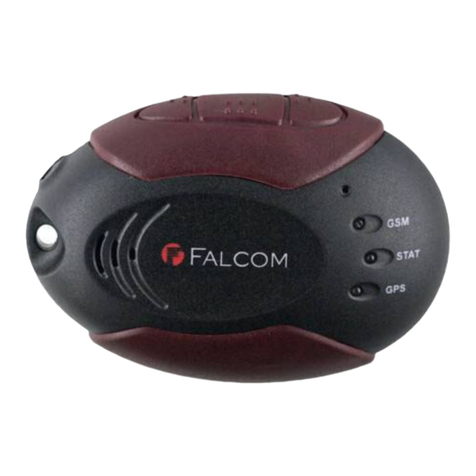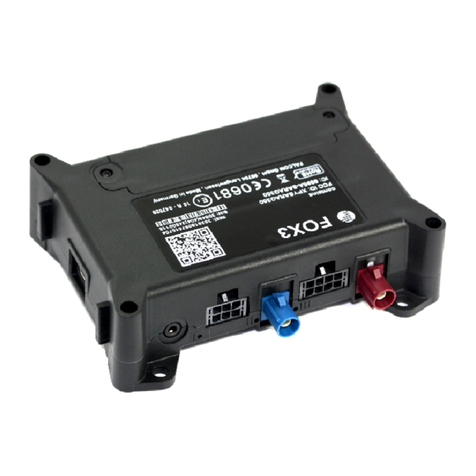
FALCOM C2D-SI VERSION 1.07
This document is a property of FALCOM GmbH and may not be copied or circulated without permission
Page 1
Contents
0 INTRODUCTION ..............................................................3
0.1 GENERAL........................................................................................................................................ 3
0.2 USED ABBREVIATIONS.................................................................................................................... 3
0.3 RELATED DOCUMENTS.................................................................................................................... 5
1 SECURITY .........................................................................6
1.1 GENERAL INFORMATION................................................................................................................. 6
1.2 EXPOSURE TO RF ENERGY.............................................................................................................. 6
1.3 EFFICIENT MODEM OPERATION ....................................................................................................... 6
1.4 ANTENNA CARE AND REPLACEMENT .............................................................................................. 7
1.5 DRIVING ......................................................................................................................................... 7
1.6 ELECTRONIC DEVICES..................................................................................................................... 7
1.7 VEHICLE ELECTRONIC EQUIPMENT ................................................................................................. 7
1.8 MEDICAL ELECTRONIC EQUIPMENT ................................................................................................ 7
1.9 AIRCRAFT....................................................................................................................................... 7
1.10 CHILDREN....................................................................................................................................... 8
1.11 BLASTING AREAS............................................................................................................................ 8
1.12 POTENTIALLY EXPLOSIVE ATMOSPHERES ....................................................................................... 8
1.13 NON-IONISING RADIATION.............................................................................................................. 8
2 SAFETY STANDARDS .....................................................9
3 TECHNICAL DATA........................................................10
3.1 PIN CONFIGURATION OF THE 60 PIN CONNECTOR.......................................................................... 13
3.1.1 Determining the External Equipment Type ................................................................................. 15
4 GSM MODEM..................................................................17
4.1 GENERAL...................................................................................................................................... 17
4.1.1 GSM capability............................................................................................................................ 17
4.1.2 GPRS capability........................................................................................................................... 17
4.1.3 GSM data services ....................................................................................................................... 17
4.1.4 RF characteristics......................................................................................................................... 17
4.1.5 SIM card reader ........................................................................................................................... 18
4.1.6 RS 232 ......................................................................................................................................... 18
4.1.7 Possible external devices ............................................................................................................. 18
4.2 SPECIAL FUNCTIONALITY PINS...................................................................................................... 19
4.2.1 Firmware download procedure .................................................................................................... 23
4.2.2 Resetting the GSM module by AT+CFUN=1,1 .......................................................................... 23
4.3 GSM 07.05 AND 07.07 COMMANDS ............................................................................................. 23
4.3.1 General AT commands ................................................................................................................ 24
4.3.2 SMS AT commands (GSM 07.05) .............................................................................................. 25
5 GPS CORE........................................................................26
5.1 RECEIVER ARCHITECTURE ............................................................................................................ 26
5.2 TECHNICAL DATA ......................................................................................................................... 27
5.3 TECHNICAL DESCRIPTION ............................................................................................................. 29
5.3.1 Technical specification ................................................................................................................ 29
5.4 HARDWARE INTERFACE ................................................................................................................ 30
5.4.1 Configuration and timing signals................................................................................................. 30
5.4.2 Serial communication signals ...................................................................................................... 30
5.4.3 DC input signals .......................................................................................................................... 31
5.4.4 General purpose input/output (Pin 51, 53, 54 and 56) ................................................................. 31
5.5 SOFTWARE INTERFACE ................................................................................................................. 31
5.5.1 SiRF binary data message............................................................................................................ 31
5.5.2 NMEA data message ................................................................................................................... 34
